Breaking Down Ouachita
What the playing field for the Forrest Wood Cup has to offer
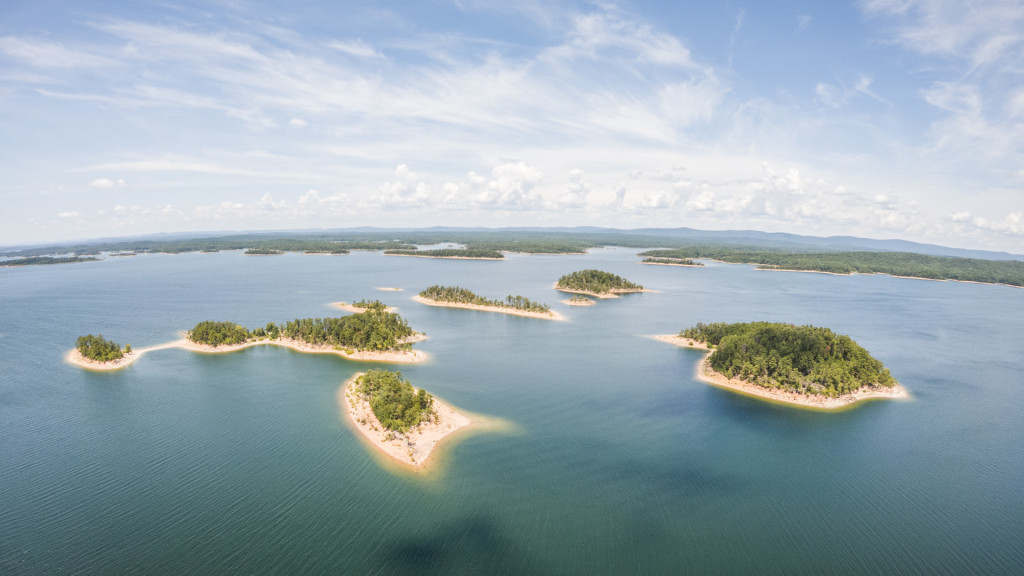
Set in the Ouachita Mountains about 35 minutes from Hot Springs, Ark., Lake Ouachita is a tremendously scenic and diverse venue for the Forrest Wood Cup. It’s likely that depending on how the competitors want to fish, limits could be caught shallow or deep, and in grass, brush or timber. Though the fishing will be tough because of the time of year, the 56 pros that qualified won’t face a shortage of options.
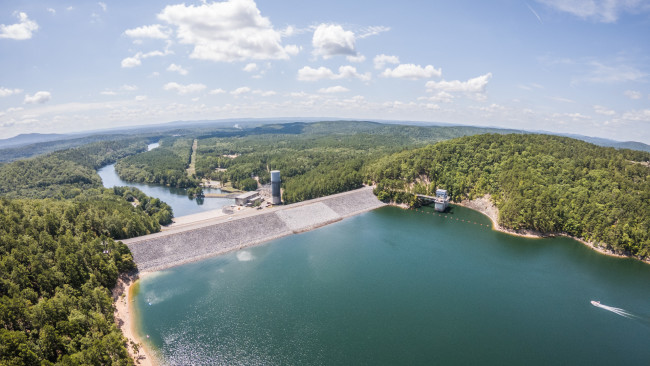
Built in the late 1940s and early 1950s, Blakely Mountain Dam created a reservoir that is deep and clear with about 975 miles of shoreline, depending on the water level. About the longest run pros will be able to make this week is from takeoff at Brady Mountain Resort and Marina to the upper reaches of the Ouachita River near the town of Washita. Even that is less than 20 miles. Nonetheless, there’s a lot of diversity contained within the lake, and though it isn’t huge, there is truly a ton of fishable water.
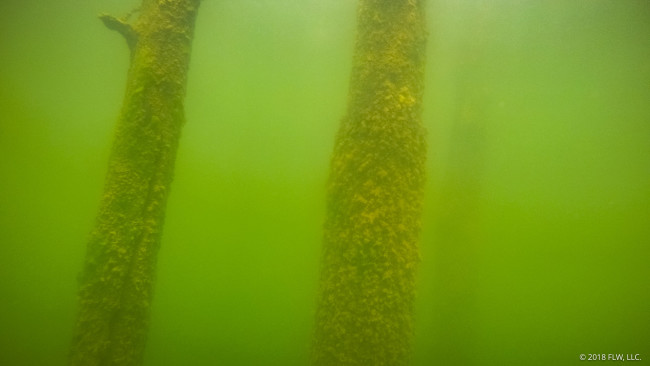
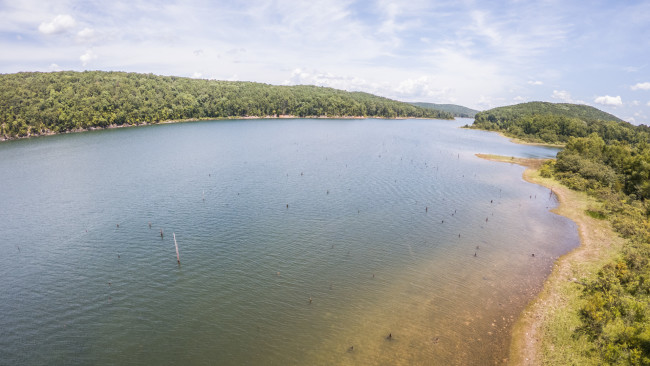
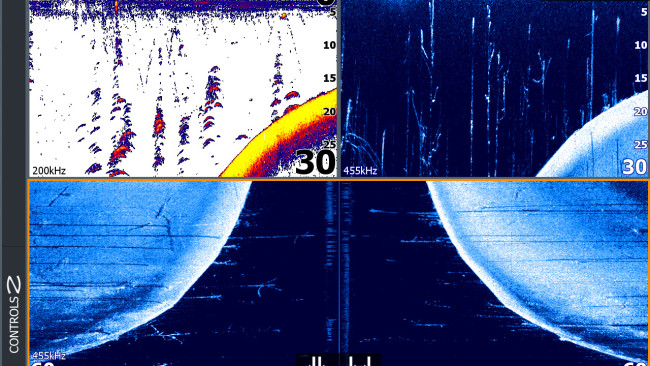
One of Ouachita’s signature features is standing timber. Back in 2007, Scott Suggs targeted fish suspending in timber when he won the Cup on Ouachita, and it’s a proven pattern, but one that’s difficult for a non-local to dial in. Fish suspending in timber that’s in 30-plus feet of water are very tricky. There’s plenty of timber up closer to the bank to provide additional cover or knock an unsuspecting angler out of the boat.
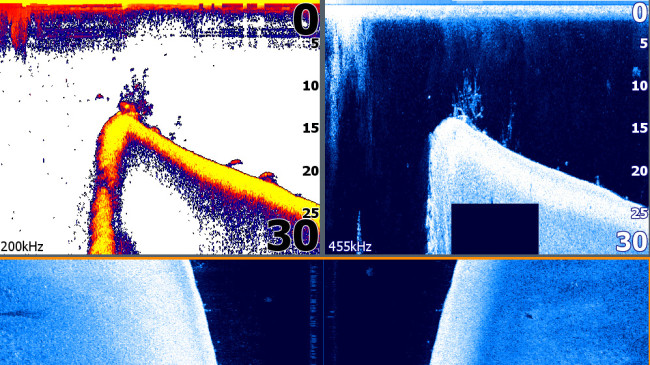
Another winning pattern from years past is catching fish in brush piles. Ouachita has a tremendous number of them, and from Scott Martin’s win in 2011 to Ramie Colson’s charge in 2015 (he finished second), brush piles have given up a lot of big fish in FLW’s championship events. Historically, most of the brush fish have been caught on bigger baits such as worms or crankbaits, but there’s plenty of finesse potential as well. A lot of the pros have reported catching mostly crappie in the brush piles this week, but that doesn’t mean there aren’t bass around them.
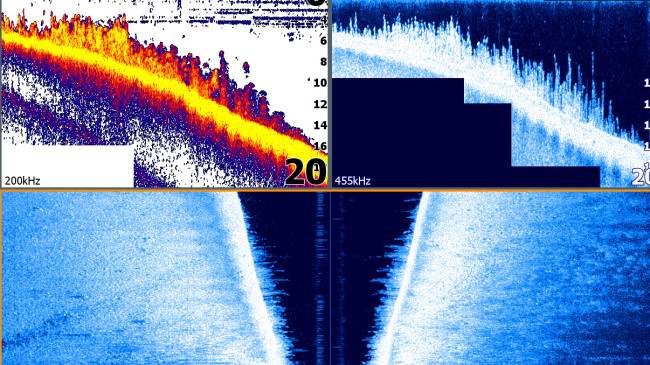
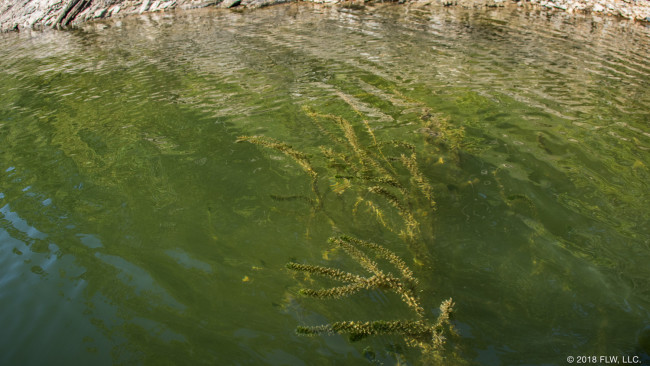
One of the wild cards this week is the grass. Ouachita has a fair amount of hydrilla and milfoil in it now, and most of it looks pretty amazing. If it does play in the tournament it’s going to be the first time grass has really accounted for a lot of weight in a Cup on Ouachita. That said, with topped-out grass in a few feet and submerged grass in 15 feet, it sure seems like there’s something to be figured out. You can find it growing in many parts of the eastern portion of the lake, on points, in pockets, around timber and solo.
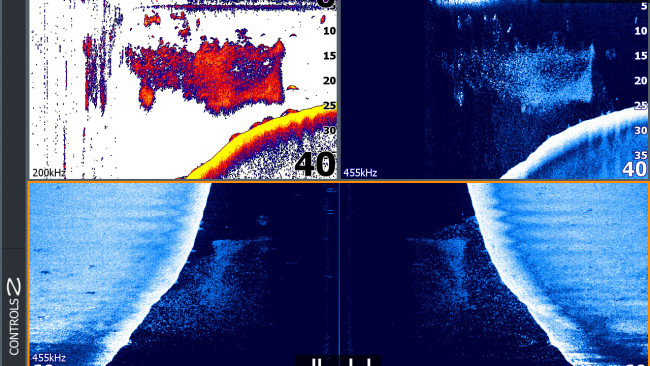
Back in 2015, schooling bass were a major focus of the top finishers. This year, most practice reports indicate the schooling bite is off some from last time, but there still seems to be plenty of reasons for the bass to school. The lake is loaded with bait, from pockets to the main lake, and summertime bass seem to love to suspend and chase shad.
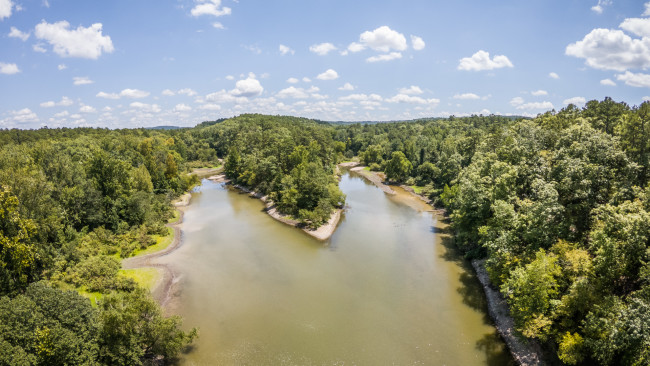
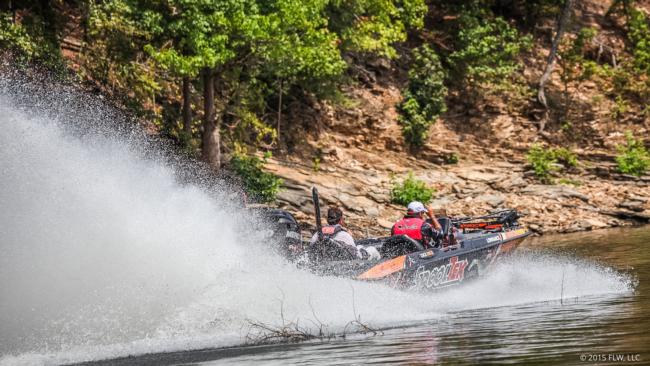
The backs of Ouachita’s many creeks and rivers will surely see some attention this week. The way-back stretches of the lake usually have slightly cooler and more oxygenated water this time of year due to the inflowing creeks, and going dirt shallow nearly always plays some in August. We probably saw the pinnacle of that in 2016, when John Cox won up a creek on Wheeler Lake and JT Kenney caught the biggest bag of the tournament in a creek about twice as wide as his Ranger. Ouachita has a lot of options in that respect – from the Ouachita River and its South Fork to smaller creeks that dump in to shorter coves.
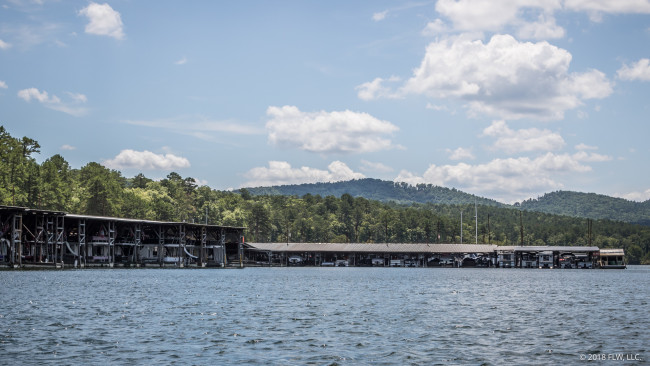
In addition to the grass, another new factor on Ouachita is the marina docks. In 2015 pros weren’t allowed to fish in marinas due to Arkansas state law, but this year any marinas that aren’t posted against fishing are fair game. Shade could certainly concentrate some summer bass, and fishing docks is a time-honored tactic on Ozark lakes.
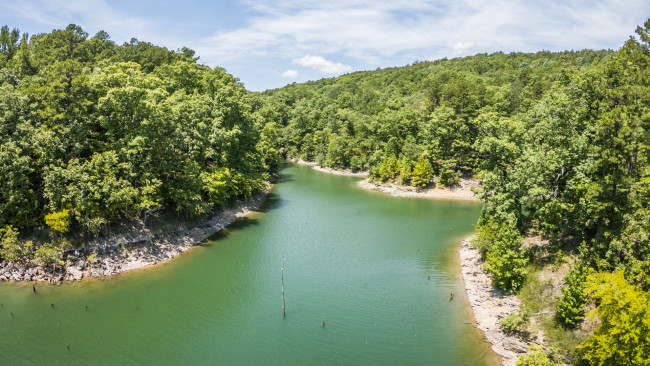
Running the bank with a topwater has played each of the last few years on Ouachita. Pros armed with a buzzbait or a Whopper Plopper can burn down the bank looking for cruising bass, wolf packs or bass sitting around bluegill beds. There’s not really any set feature that the bass concentrate on for the shallow-running pattern. Sometimes the big ones get caught in steeper pockets, and other times they’re caught on flat points. The best approach can be just about covering water, but finding a set of conditions or a milk run of areas that work better than average could push a pro a long way in this one.
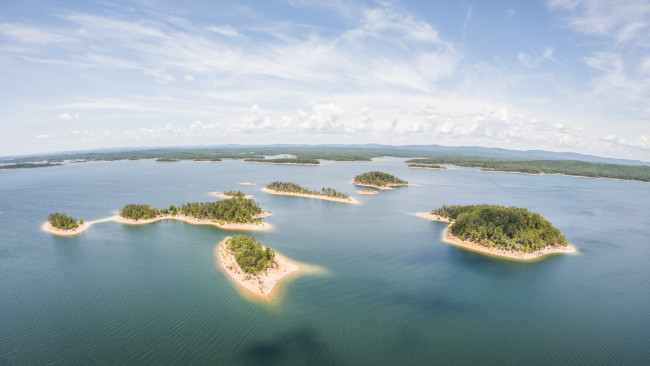
In addition to the bank game, there is plenty of potential out deep, from more riverine ledges and drops (think along the lines of how Jason Lambert has caught them at Norris Lake and Table Rock), to drops and flats in the main lake. Sometimes the offshore targets could include brush or timber, but there are rock piles and schools of fish just set up on break lines. One problem with offshore on Ouachita is the species mix. A lot of what you mark isn’t bass. Instead, there are drum and walleyes and stripers galore out deep.
Past years on Ouachita have resulted in a few proven patterns, but there’s really no telling how it’ll be won this week. The lake is loaded with fish and bait, and though big fish won’t come easy, someone is going to figure them out well enough for a $300,000 payday and the title of FLW Cup champion.